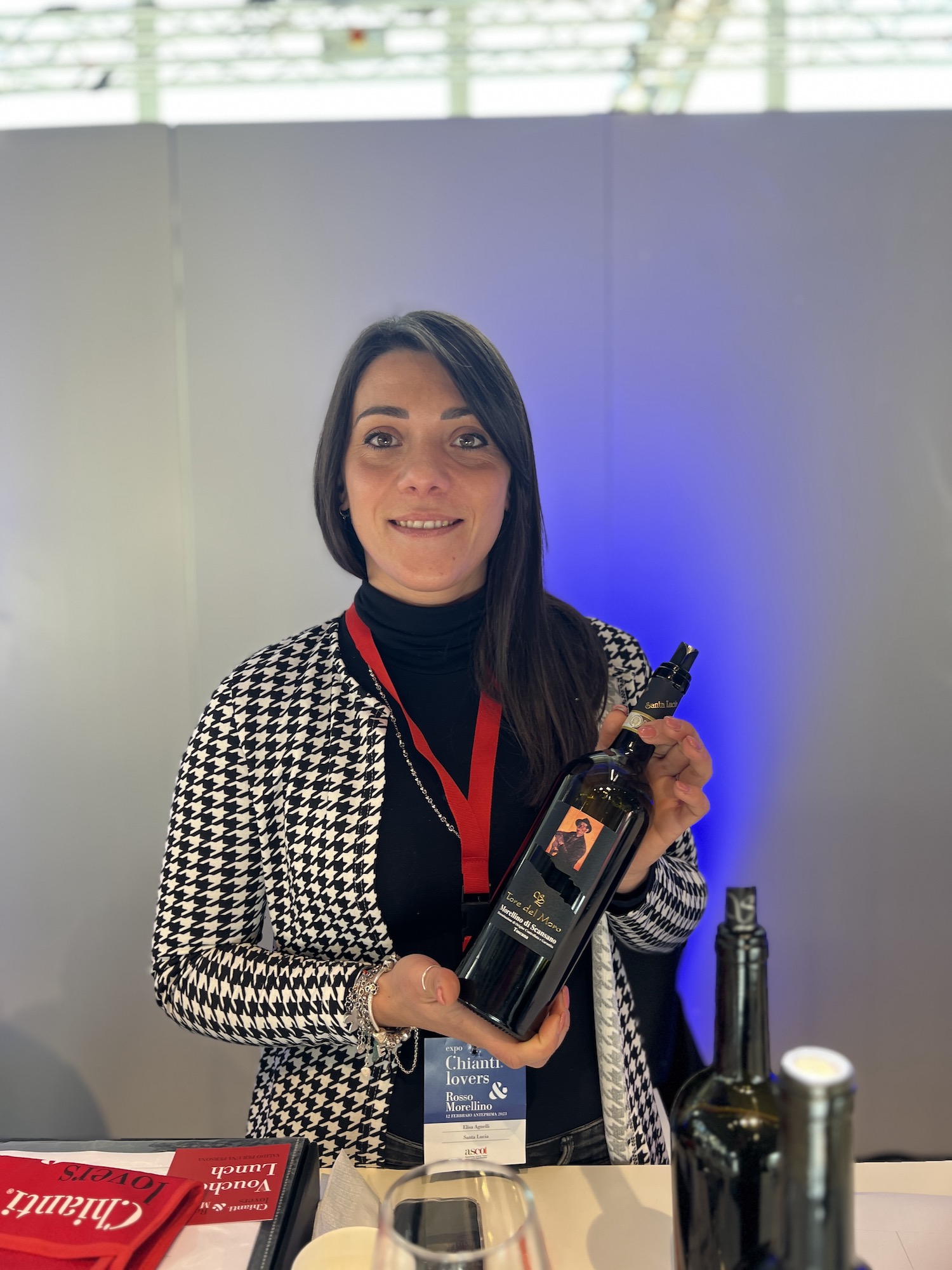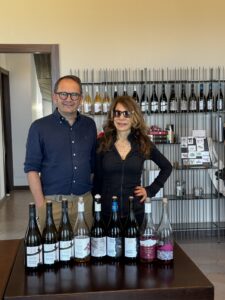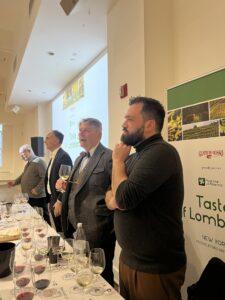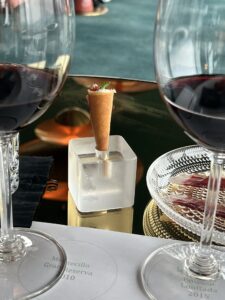Chianti and Morellino Sangiovese
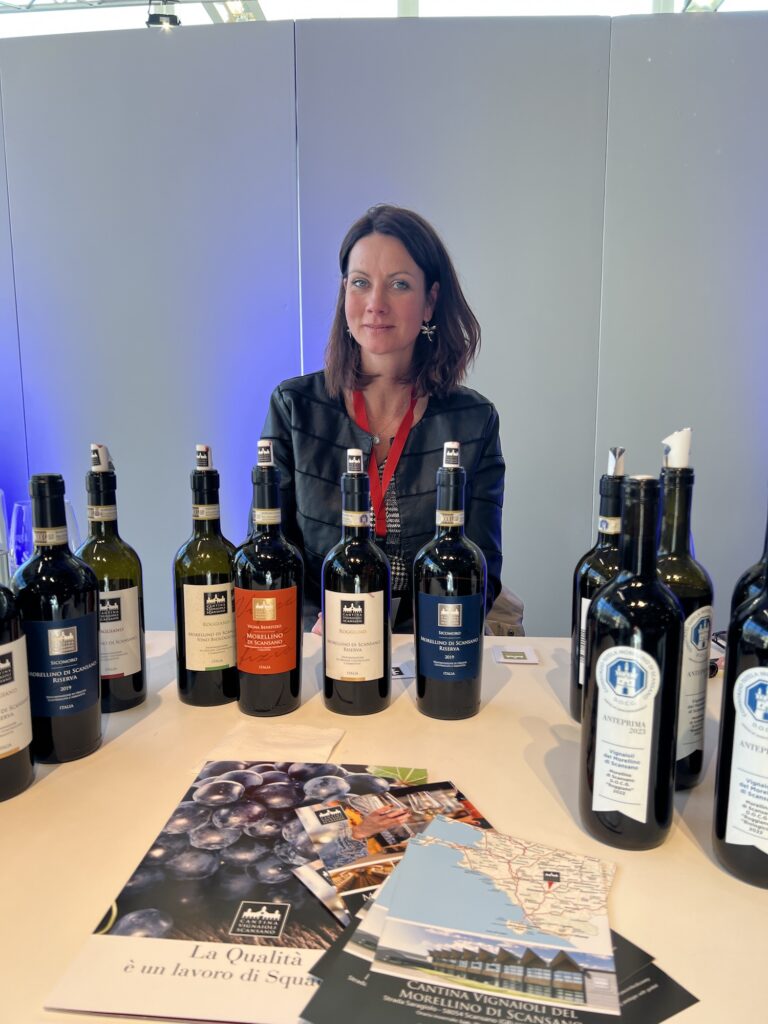
The Morello and Chianti Tasting at Anteprime Toscana 2023
Most wine loving Americans are familiar with the Chianti region in Italy, offering a blended wine based primarily on the versatile Sangiovese grape.
For various reasons, Chianti Classico is the well-known wine region, due in large part to its history and powerful marketing arm.
But what of the “other” Chianti regions?
Add Your Heading Text Here
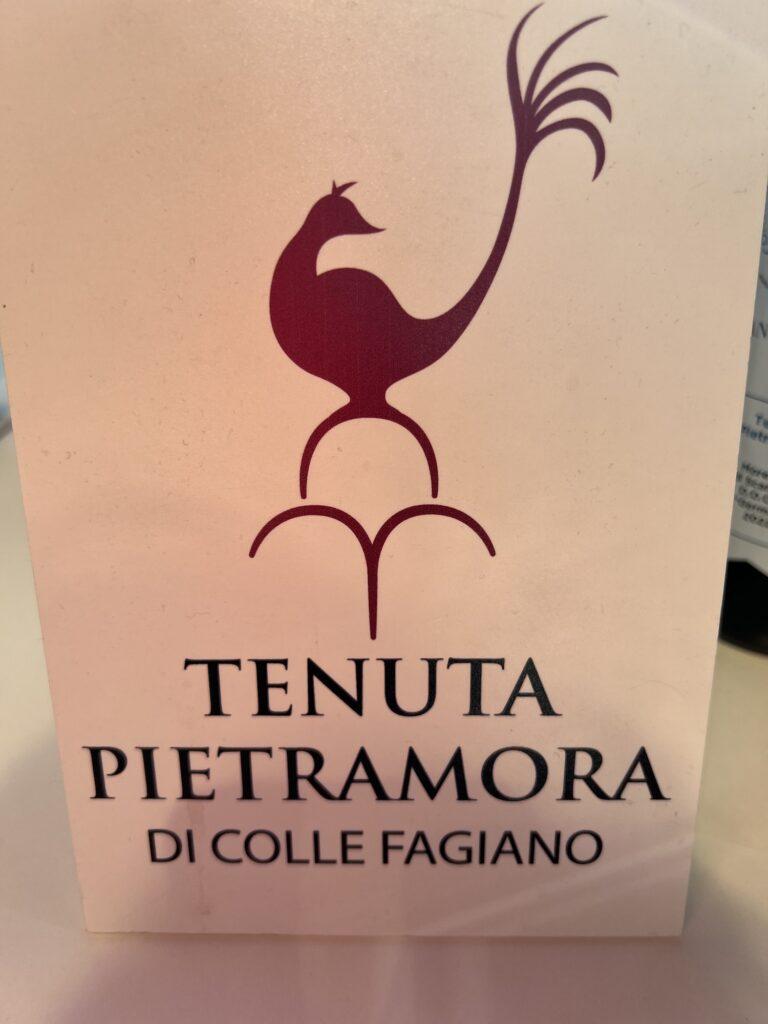
And what of the Morellino di Scansona area, near the sea? How is the taste of its wine different from others?
Each Sangiovese growing region offers nuances on the grape’s typical strawberry/cherry aromas based on its terroir, soil, and microclimate.
Add Your Heading Text Here
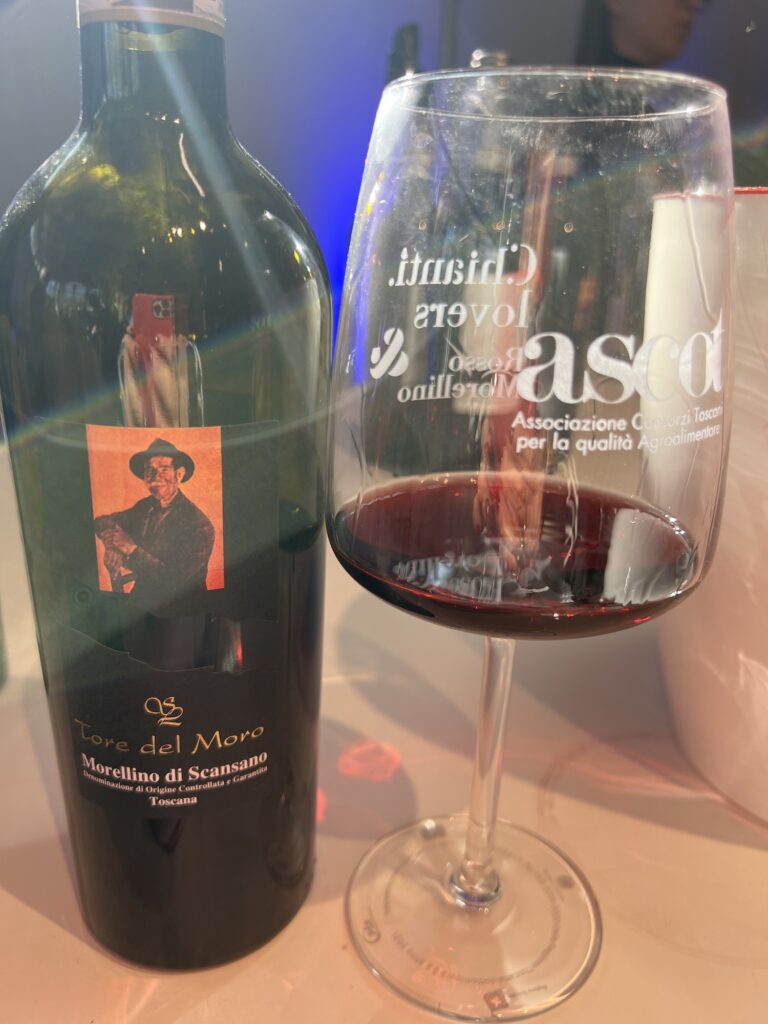
The Wine Tasting of Morellino and Chianti
I entered this tasting hoping it might be a rare opportunity to contrast and compare Sangiovese from various Tuscan regions.
But I realized that even considering the subtle differences in climate and soil between these neighboring regions, aroma and taste ultimately depended on the producer’s own style.
This style also included the length of time spent aging in oak, other blended grapes, and more.
Instead of comparing the wines side by side as if in a vinous beauty contest, I focused my time on speaking with the producers and hearing their stories.
Cooperative Cantina Vignaioli Del Morellino di Scansano
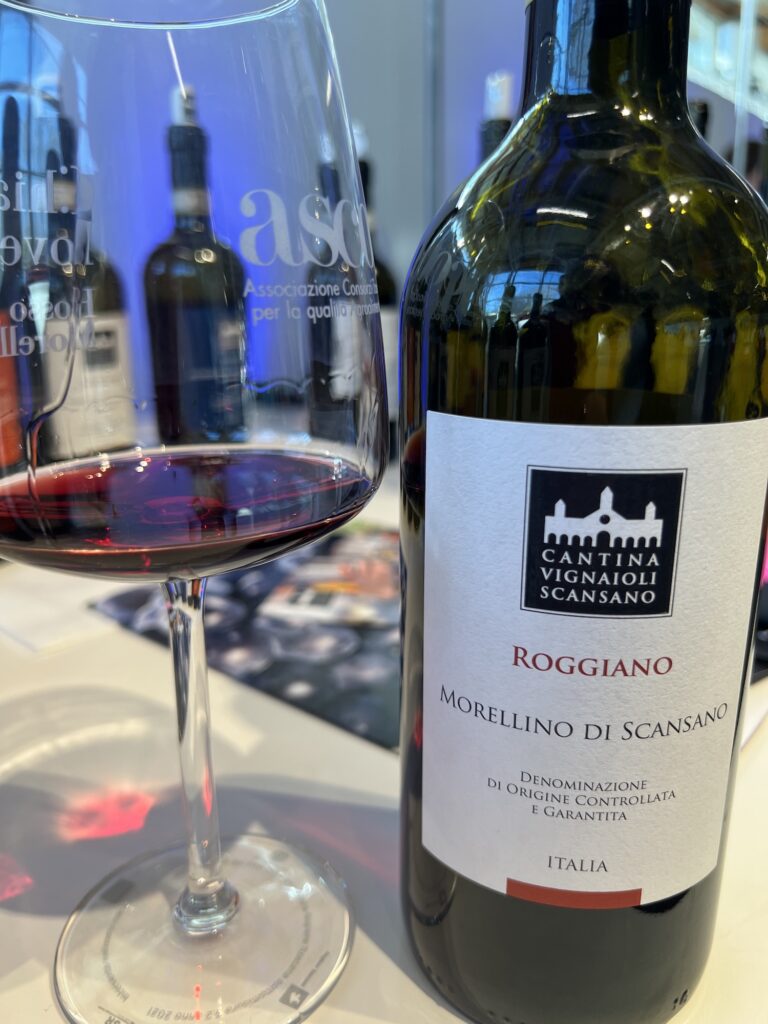
Margareta Ursinyouva works with Morellino based cooperative Cantina Vignaioli Del Morellino di Scansano, created in 1972.
Back in the 1970s, their aim was to grow a massive number of grapes and produce entry level wine.
But by 1986 the plan changed, and the management found it a challenge to convince growers to opt for more quality wines. Many producers at the time did not think it would be worth their time to make the changes required.
But the producers who stayed with the cooperative saw their grape increase in value. Management imposed more demands on the growers to bring the quality even higher. They encouraged producers to attend classes, with their attendance counting towards higher prices for their grapes.
Today the company is thriving, producing several styles of wine, including one organic line of wine.
Noble Families
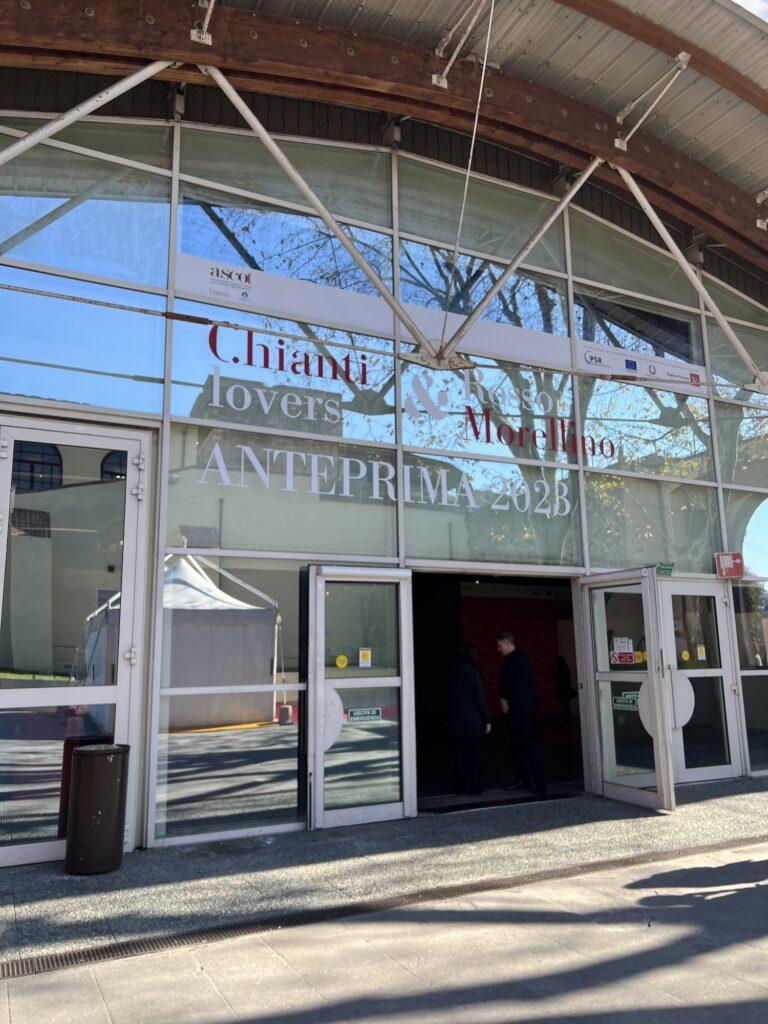
Other interesting producers I met during the afternoon included Antonio Bartolini Baldelli of Migliarina Montozzi.
Migliarina & Montozzi estate is located between the towns of Florence, Arezzo and Siena and remains a hunting reserve for the family.
Antonio and his cousin Carlo Bartolini Baldelli now run the winery. In 2010, they converted the farm to organic agriculture.
During the conversation, I discovered the Antonio comes from a noble line, beginning in 1857 when Bartolommeo Bartolini Baldelli became the intimate adviser of Leopod II Grand Duke of Tuscany. As a result, he became a Marquise.
Newly noble, this ancestor bought the estate of Montozzi with its castle. A century later, his descendant hired Angiolo Pucci, the Royal Botanical Gardener of the Boboli Garden in Florence, to create its garden.
During our conversation at his booth, I tasted Antonio’s wines (delicious) and marveled at his family history. Like many other producers I spoke with, he also produces olive oil and offers rooms in on the estate.
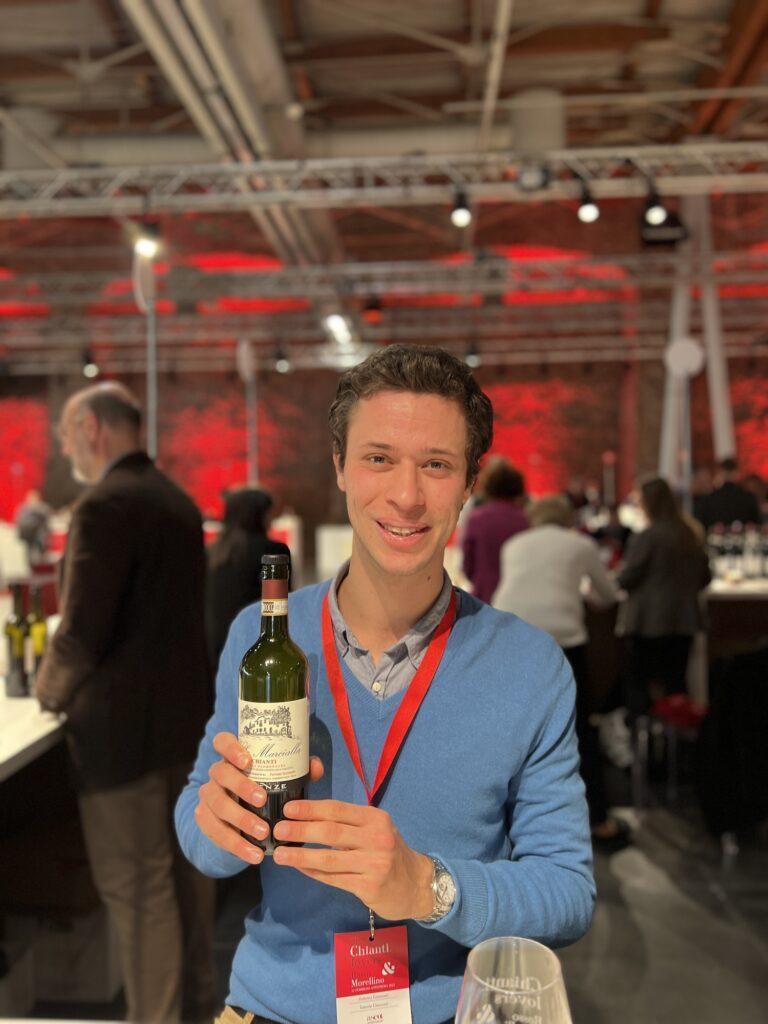
Cousins Working Together
Federico may not have a noble title, but he and his cousin work together for their family’s Fattorie Giannozzi.
His family winery was founded by his father and uncle over twenty years ago. Like other producers in the Chianti and Morellino regions, he also produces olive oil and runs an agritourismo style hotel.
The tasting was an interesting way to meet producers, hear their stories, and taste very good Sangiovese based wine.

